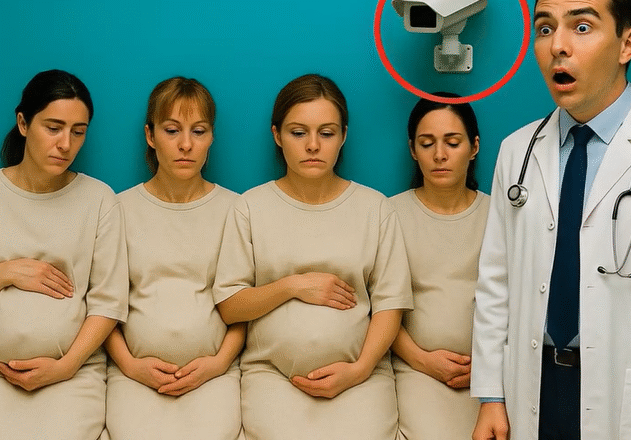An inspection of the clinic’s grounds was initiated, including seldom-used areas. And then — the discovery: in a remote corner of the garden, under a layer of leaves, a metal hatch was found.
Beneath it — a narrow but sturdy tunnel leading to the male ward. The tunnel was old, presumably from pre-war times, and had long been absent from official plans.
The hidden camera installed after this discovery showed something that shocked everyone: patients from both wards secretly met without the staff’s knowledge. Without control, without regard for diagnoses, without understanding the consequences.
For some, these were moments of closeness and comfort. For others, it resulted in pregnancies and additional trauma.
After this fact was uncovered, the clinic changed its protocols.

The tunnel was sealed, access to the garden was restricted, and rare, strictly controlled meetings between the male and female wards began — only by doctor’s recommendation and accompanied by staff.
Pregnant women were placed under the care of relatives or social services. New rules were created for the other patients that ensured their right to humane treatment, but in safe and controlled conditions.
The story gained wide publicity. Society split into two camps: some blamed the clinic for negligence, others for an inhumane approach and an attempt to “sterilize” emotions.
But the main point was something else — this story reminded everyone that even behind the walls of psychiatric institutions, real, complex, living human life continues.
